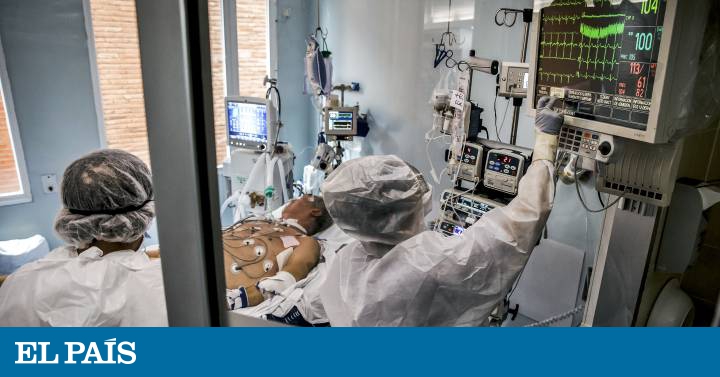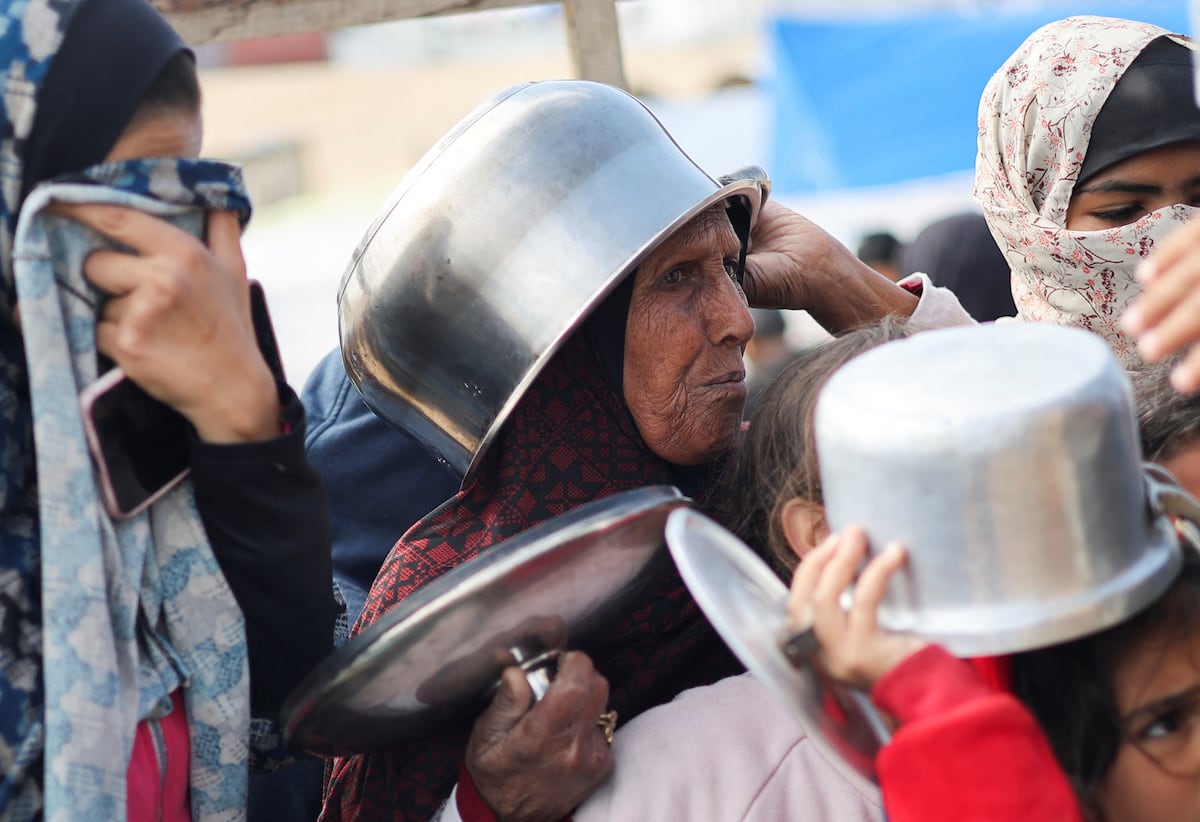1We entered the ICU of the Hospital Clínico de Valencia during the second wave.
The number of seriously ill patients in the ICU has caused hospital areas to be set up for the most seriously ill with covid.
In the image, entrance area to the operating rooms, which due to current needs have been enabled as critical beds and are in charge of the Anesthesia and Resuscitation Service.
Monica Torres
2Before entering the rooms, medical personnel undergo a clothing check, for which they require the help of colleagues.
All precautions are few.
Monica Torres
3The first wave of the coronavirus pandemic generated a feeling of loss of control in the intensive care units, but in the second wave, experience, the reinforcement of materials and templates, and greater knowledge of the disease make the day to day more bearable. day of the toilets.
Monica Torres
4The first wave was more difficult, because they did not know what to expect from the evolution of the patients, now they know how to anticipate the severity of the patient, they are safer, although they are always very complex patients.
It is common for patients to change positions to help better distribute blood and oxygen through their affected lungs.
Monica Torres
5If the ICU usually already deals with very seriously ill patients, the virus complicates everything.
Many of the devices used in this fight are complex.
Monica Torres
6Now, those infected with covid seem to arrive earlier in primary care and emergency rooms, which sometimes allows early treatment to be offered.
There are no new treatments, but it has been seen which drugs work best in different situations.
In the image, a patient with covid-19 in the ICU.
The pathology requires strict clinical monitoring and continuous supervision.
Monica Torres
7Intensive care units are right now the thermometer to see how the epidemic is going, which is why so much attention is paid to occupancy levels.
The health workers of the intensive care unit (ICU), have a frenetic pace, require great concentration during their long hours.
Monica Torres
8Detail of one of the hospital's ICU medicine warehouses.
Monica Torres
9 Almost all covid-19 patients have respiratory failure and must be intubated.
The coronavirus has forced a radical change in the work of intensive care units (ICU).
Monica Torres
10A health worker reviews the X-rays of a patient.
During admissions, an attempt is made to avoid, if possible, the transfer of the patient by carrying out the necessary examinations, such as radiography and ultrasound, with portable equipment in the isolation room.
Monica Torres
11Exposed personnel must be the bare minimum and must wear a FFP2 or FFP3 mask, as well as a long-sleeved gown, tight-fitting full-face or full-face eye protection, and gloves.
Monica Torres
12 Whenever someone leaves the room or area where patients are treated, they must discard the used protective material in the container.
In the image, an ICU nurse comes out of the box to request help from her colleagues.
Monica Torres
13Patients are in a single, isolated room with negative pressure if possible and available.
If this type of stay is not available, you will be treated in a room for individual use, with natural ventilation or independent air conditioning.
The door to the room must always remain closed.
In the image, an area of the operating rooms that by necessity have been enabled as critical beds and are in charge of the Anesthesia and Resuscitation Service.
Monica Torres
14 In Spain there is not a high number of beds in ICUs, 9.7 per 100,000 inhabitants, compared to 16 in France or 34 in Germany.
If many patients arrive with the virus, the capacity is overflowed and it must be expanded at the cost of other assistance.
In the image, health personnel attend to a patient admitted for coronavirus in operating rooms equipped as ICUs.
Monica Torres
15Health personnel attend to a patient admitted for coronavirus in the operating room set up as an ICU.
Monica Torres
16A toilet inside an operating room equipped for coronavirus patients.
Monica Torres
This is the incessant work inside an ICU
2020-12-05T06:00:01.076Z

The health workers of the Clinical Hospital of Valencia divide the tasks to the millimeter to care for the patients of the second wave of the coronavirus with more knowledge and resources than in the fateful first wave








